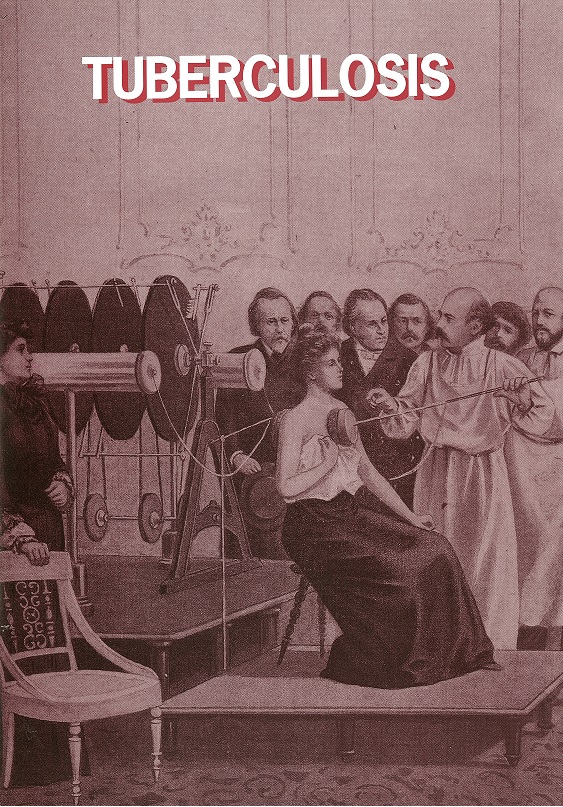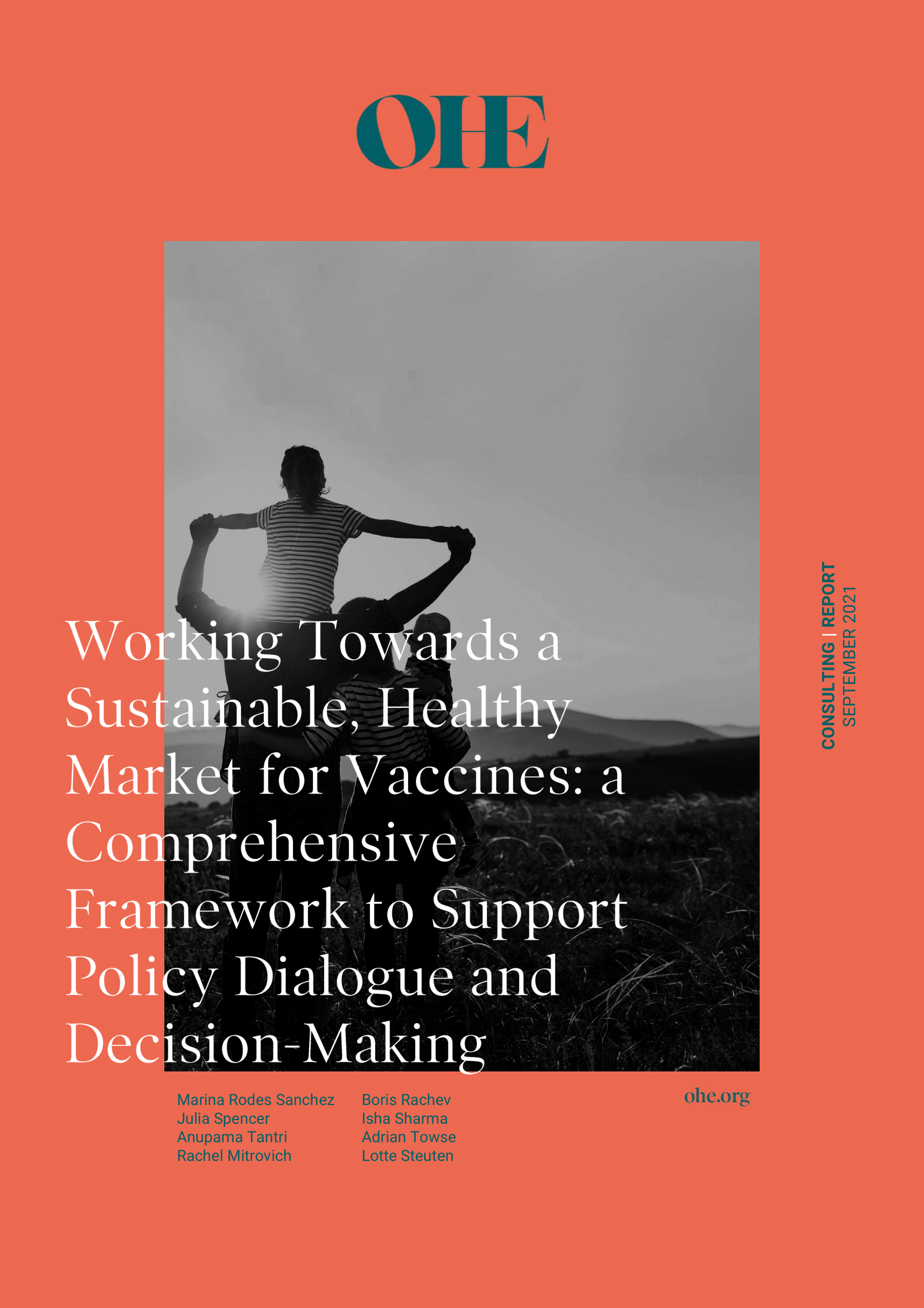Sign up to our newsletter Subscribe
Analysing Global Immunisation Expenditure

The first Office of Health Economics (OHE) disease state booklet, written in 1962, was entitled ‘Progress against Tuberculosis’ and was published at a time of great optimism among health care professionals involved in the battle against tuberculosis (TB).Effective anti-tuberculosis medications had recently been…
The first Office of Health Economics (OHE) disease state booklet, written in 1962, was entitled ‘Progress against Tuberculosis’ and was published at a time of great optimism among health care professionals involved in the battle against tuberculosis (TB).Effective anti-tuberculosis medications had recently been developed and were in widespread use. The booklet noted that ‘ … the use of these drugs, combined with traditional methods of treatment, had opened up the possibility of the final defeat of TB in Britain within 15 years’.
Thirty-five years on that optimism appears misplaced. Approximately 6,000 TB notifications and 600 deaths are still reported annually in the UK. In addition, the continual decline in TB-associated morbidity and mortality that had occurred throughout this century (except during the war-effected 1940s) has not been apparent during the current decade. The 1990s have been a period when TB notifications have levelled out and, indeed, have even increased.
The global problem is even more acute. The World Health Organisation (WHO) estimated the incidence and mortality of TB in 1990 to be 7.5 million and 2.5 million, respectively (Dolin et al, 1994). These figures are predicted to rise to 10.2 million and 3.5 million, respectively, by the year 2000. TB is now the single largest infectious disease killer in the world.
This paper sets out what is currently known about TB and asks why a disease which we thought we had the capability to eradicate three decades ago is not only still with us but causing morbidity and mortality on such a scale that the WHO declared TB a global emergency in 1993. The clinical aspects of TB are presented in Chapter Two. Chapter Three covers the epidemiology of the disease, from both a global and a UK perspective. Available diagnostic procedures are outlined in Chapter Four. Prevention and treatment techniques are discussed in Chapters Five and Six, respectively. Economic issues relevant to TB are considered in Chapter Seven. These include the cost implications of TB to the UK National Health Service, and the appropriateness of continuing with a non-selective teenage BCG vaccination programme in the United Kingdom. Conclusions that can be drawn from the available data, with particular emphasis on implications for the UK, are discussed in Chapter Eight.
Tuberculosis
Marchant, N.
(1998) Tuberculosis. OHE Series on Health. Available from https://www.ohe.org/publications/tuberculosis/

